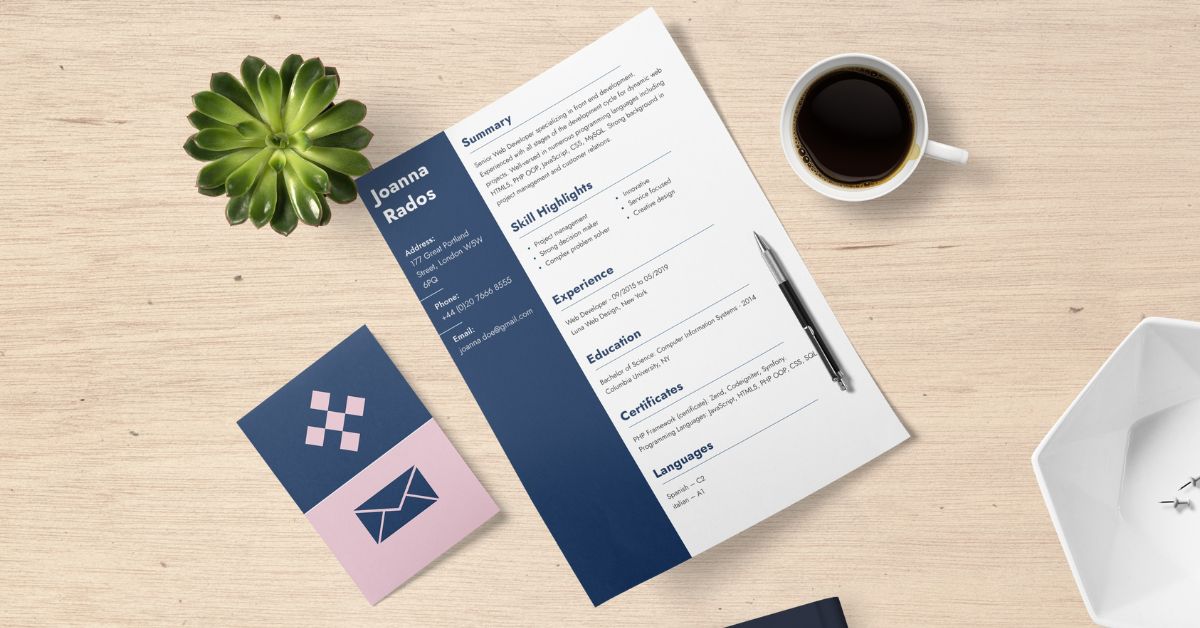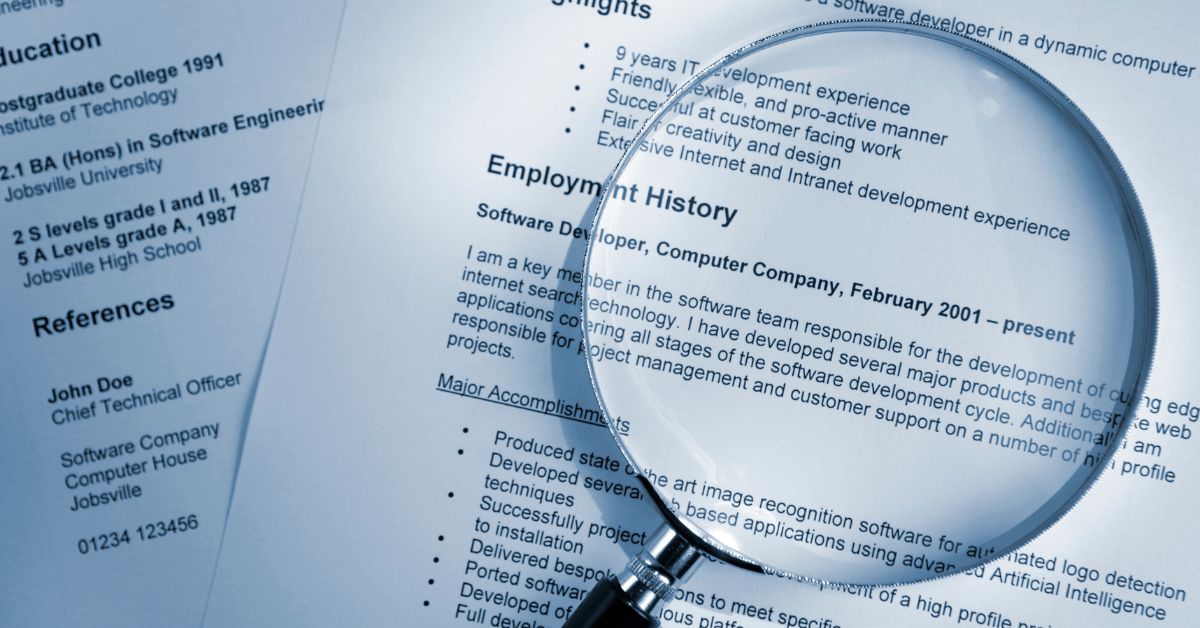Making a good resume is your first step to getting the job you wish for. When you are starting or seeking a new opportunity, the way you present your information and what you can do is key. In this guide, we will explain how to set up your resume, put the focus on top skills, and make sure your resume with skills shines.
If you want a good resume for yourself, you can check out Outspark resume builder.
Step 1: Start with the Basics – Resume Layout
A tidy and clear layout is key to a good job resume. It lets bosses find what they need fast. Here’s what you should add:
Contact Information
Above the resume content, but at the forefront, include your name, contact number, email address, and city. All that is required here is simplicity and professionalism.
Professional Summary
Pen down 3–4 lines about your top career moments and main good points. See this as your brief hello that grabs the reader.
Skills
Note down skills that fit the job need. Make them important and simple to read.
Work Experience
Display your past jobs, what you did, and wins. Begin with the latest job and go back from there.
Education
Add your degree(s), awards, or any big training.
Additional Sections
You might add prizes, help work, or spoken languages—anything that boosts your profile.
Step 2: Highlight the Best Skills for a Resume
Bosses search for special skills in resumes; these skills for a resume are a mixture of core and soft skills. Add both hard and soft skills to your resume.
Hard Skills vs. Soft Skills
Hard skills are tech skills you have, while soft skills are traits that help you work well with others.
Technical Skills
These cover like software know-how, data reading, or other languages.
Specific Skills for Industry
For marketers, things like marketing data; for software folks, coding.
Certifications
Talk about awards that show your skill level.
Soft Skills
These show you can handle different situations.
- Communication: Sharing thoughts clearly and hearing well.
- Teamwork: Working well with others to hit goals.
- Problem-Solving: Fixing issues fast and well.
- Time Management: Sorting jobs and meeting times.
Mixing soft skills with core skills can help to make a resume that pulls in bosses. A mixture of hard and soft skills can make the best skills for a resume.
Step 3: Showcase Your Professional Skills Resume
When showing your skills resume, focus on the results that you have achieved, not just what you did.
Using Action Words
Begin with strong words like “managed,” “built,” “drew,” or “beat.” These words make your history seem alive and result-focused.
Quantify Your Impact
Using numbers, bosses see your part. For example:
- “Boosted sales by 20% in six months” tells more than “helped with sales.”
Using strong words and clear results helps your resume stand out.
Step 4: Tailor Your Skills for Each Job Application
Sending the same resume to every job may fail. Read each job post well and change your skills to match what the boss wants.
For instance, if a job needs “project management” and you’ve done it, make sure it shows on your resume.
This small change will make your bid more fit and up your chances for a chat.
Step 5: Using Online Tools for Professional Assistance
If you’re unsure how to create or set up a strong resume, online tools can assist. A resume builder tool can walk you through each step and make sure your resume is neat.
These tools let you:
- Pick templates
- Set parts right
- Stop spelling or layout mess-ups
A few clicks and you have a neat resume ready to share.
Conclusion
Your resume is your first impression with an employer, so showing your info well matters. By starting with a neat layout, focusing on key skills, showcasing wins with real results, tailoring your bid to each job, and utilizing professional tools, you can create a resume that stands out.
A well-set skills resume not only makes you seem ready but also boosts your chance of getting that call for a chat.



